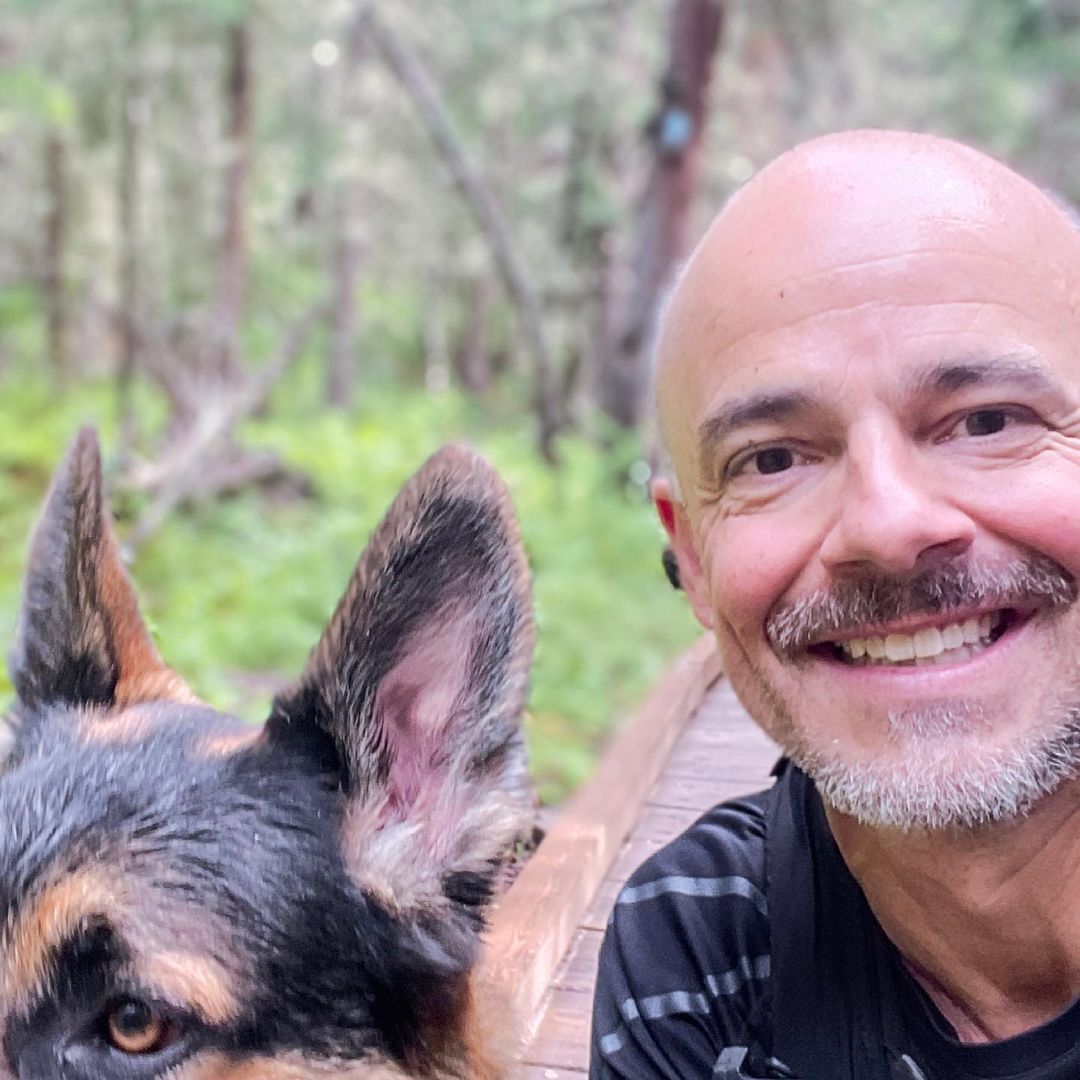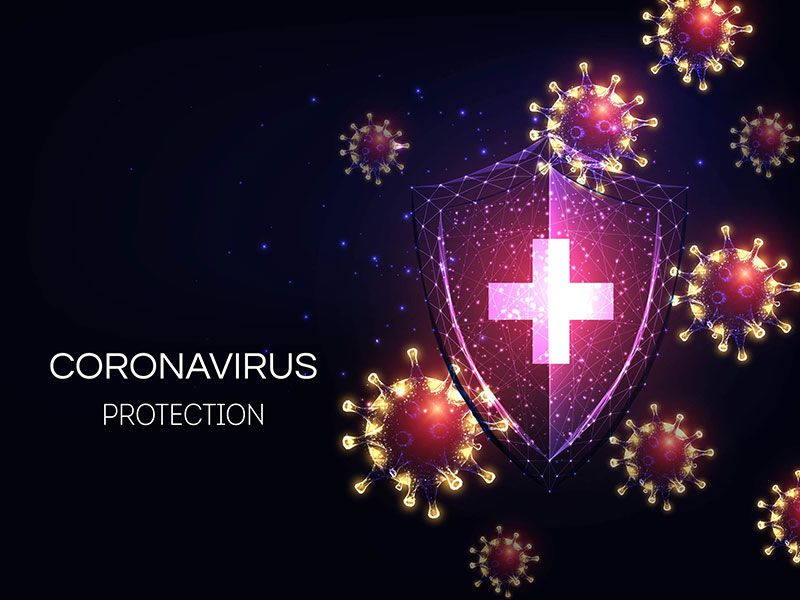How I am Optimizing Immune Health to fight off COVID-19

Chris Leidli
Author
Are you finding yourself having more anxiety and possibly even panic attacks during the COVID-19 pandemic? These are certainly stressful times and it can take a toll on our immune health, especially when you add intensive exercise and training stress. By now, you may have heard many anecdotes from friends and family about what to do to stay healthy during the COVID-19 pandemic, but what can we learn from the science of exercise and the immune system?
Brief overview of stress and immune system interactions
Training intensity, exercise duration and lack of appropriate rest and recovery may influence immune health. In fact, multiple studies in humans and animals have demonstrated the profound impact that exercise can have on the immune system. The diagram below shows how various sources of stress impact the immune system.
Numerous studies over the last 35 years report an increase in upper respiratory infection (URI) symptoms in athletes during periods of heavy training and competition. Challenges athletes face such as heavy exercise and life stress influence immune function via activation of the hypothalamic–pituitary–adrenal axis (HPA) and the sympathetic nervous system (SAM) and the resulting immunoregulatory hormones. Both innate and acquired immunity are often reported to decrease transiently in the hours after heavy exertion, typically 15–70%: prolonged heavy training sessions in particular have been shown to decrease immune function; potentially providing an ‘open window’ for opportunistic infections. Whether the observed changes in immunity with acute strenuous exercise or periods of heavy training account for the increased susceptibility to URI symptoms remains controversial. Measurement of blood white blood cell numbers in response to strenuous exercise induces a two-phase response, where white blood cell counts in blood increase, and then, upon completion of exercise, the counts of some cells decrease below resting levels to a nadir one or two hours later (see figure below). White blood cell counts revert to normal at 12 hours post-exercise.
A central dogma of exercise immunology has persisted that strenuous exercise bouts, or periods of intensified training, impair aspects of cellular and humoral immunity, leading to an ‘open window’ of infection risk. During this open window of infection risk, there are changes in white blood cell number and parallel alterations to cell function (e.g., Immunoglubulin A, cytokine production, proliferation, migration capability, cytotoxicity), whereby increases are observed during exercise, followed by decreases shortly afterwards, leading to speculation that immune function is compromised. Evidence indicates that the fall in white blood cell number after exercise means that cells are redistributed out of the bloodstream to tissues and organs and by 12 hours, this balance is restored.
There is a general consensus that regular intervals of short-lasting (i.e. up to 45 minutes) moderate intensity exercise is beneficial for immune defense, particularly in older adults and people with chronic diseases. To go deeper, check out a comprehensive review here.
How I am adjusting my training and recovery during COVID-19 pandemic
- Because of the strong association of stress (exercise training + work-life stresses combined) and decreased immune responsiveness, I have decided to modify my training plan and exercise routine and implement the training and nutrition guidelines below:
Exercise Checklist
Recommendations for modifying training and recovery to maintain immune health include:
- Reduce training volume and intensity to manage training load
- Increase the frequency of shorter training sessions rather than scheduling fewer long endurance sessions during the week – I am aiming for all training sessions to be <60 minutes for now
- Implement recovery activities immediately after the most intensive training sessions
- Ensure a minimum of 7 hours of sleep each night, I am aiming for 8-9 hours during the pandemic
- Undertake easy-moderate training sessions after each high-intensity session
- Plan an easier recovery/adaptation week every second or third week of the training cycle
Nutrition Checklist
Nutritional recommendations to maintain immune health include:
- Match energy intake to expenditure
- Avoid crash dieting, in fact, avoid diet fads like Keto diet, which is body’s starvation response
- Eat a well-balanced diet
- Consume >50% daily energy intake as carbohydrate
- Ensure adequate protein intake (1.2−1.6 g/kg body mass/day)
- At the onset of a cold take zinc acetate lozenges (75 mg/day)
Remember to Focus on Mind, Body, and Spirit to Optimize Immune Health
While we tend to focus mostly on exercise and nutrition, we cannot ignore the Mind and Spirit. I am spending the extra quarantine time to take part in guided meditations and healing circles with friends and have found that I can reduce my resting heart rate and heart rate variability by avoiding stress response associated with anxiety and panic attacks throughout the day. I have been able to successfully reduce panic attacks by identifying the “triggers” of those attacks; for example, I am not watching the continuous coronavirus media and news coverage on TV and social media.
I believe that if we implement these guidelines, we position ourselves for optimum immune health, not only for the COVID-19 pandemic, but for seasonal cold’s and flu’s as well.
References:
Eur J Sport Sci. 2018 Jul;18(6):820-831. Epub 2018 Apr 11.
Exerc Immunol Rev. 2020;26:8-22
© 2023 Chrisfromboulder. All Rights Reserved.
Designed And Powered By WebriQ

